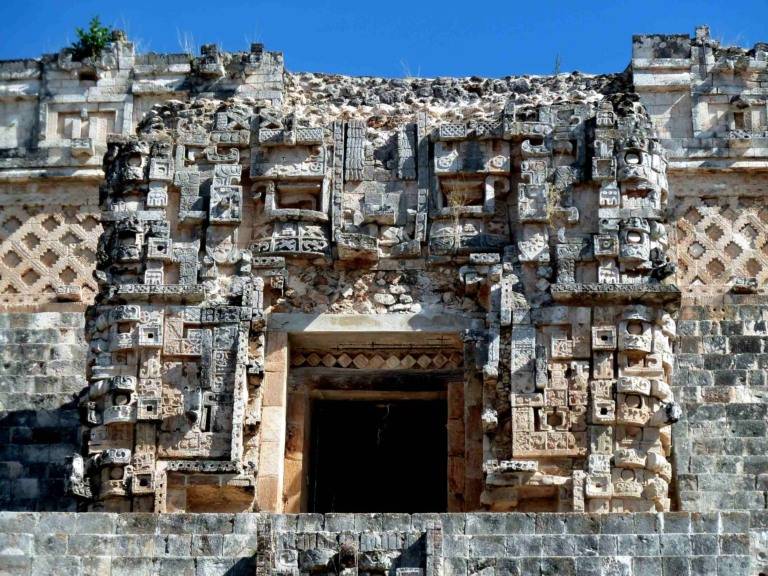Pre-Hispanic Town of Uxmal

Uxmal, situated on the Yucatán Peninsula, stands as a remarkable testament to Mayan architecture and civilization. This ancient city, recognized as a UNESCO World Heritage Site, flourished during the late classical period of Mesoamerica, from the 7th to the 10th centuries. Uxmal is renowned for its well-preserved structures, showcasing the intricate and sophisticated craftsmanship of the Mayan people. The layout of Uxmal reflects a distinct Puuc architectural style, characterized by elaborate geometric patterns and decorative elements. The Pyramid of the Magician, an iconic structure at the site, stands tall with its unique elliptical base, representing a departure from traditional pyramid designs. The Governor's Palace, another key edifice, impresses with its intricate façade adorned with detailed mosaics and stone carvings, depicting various mythological and religious themes. Abandoned after the 10th century A.D., Uxmal became a place of pilgrimage until the Spanish conquest.
